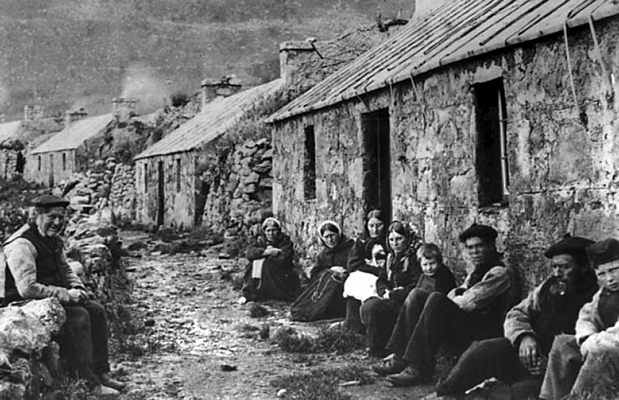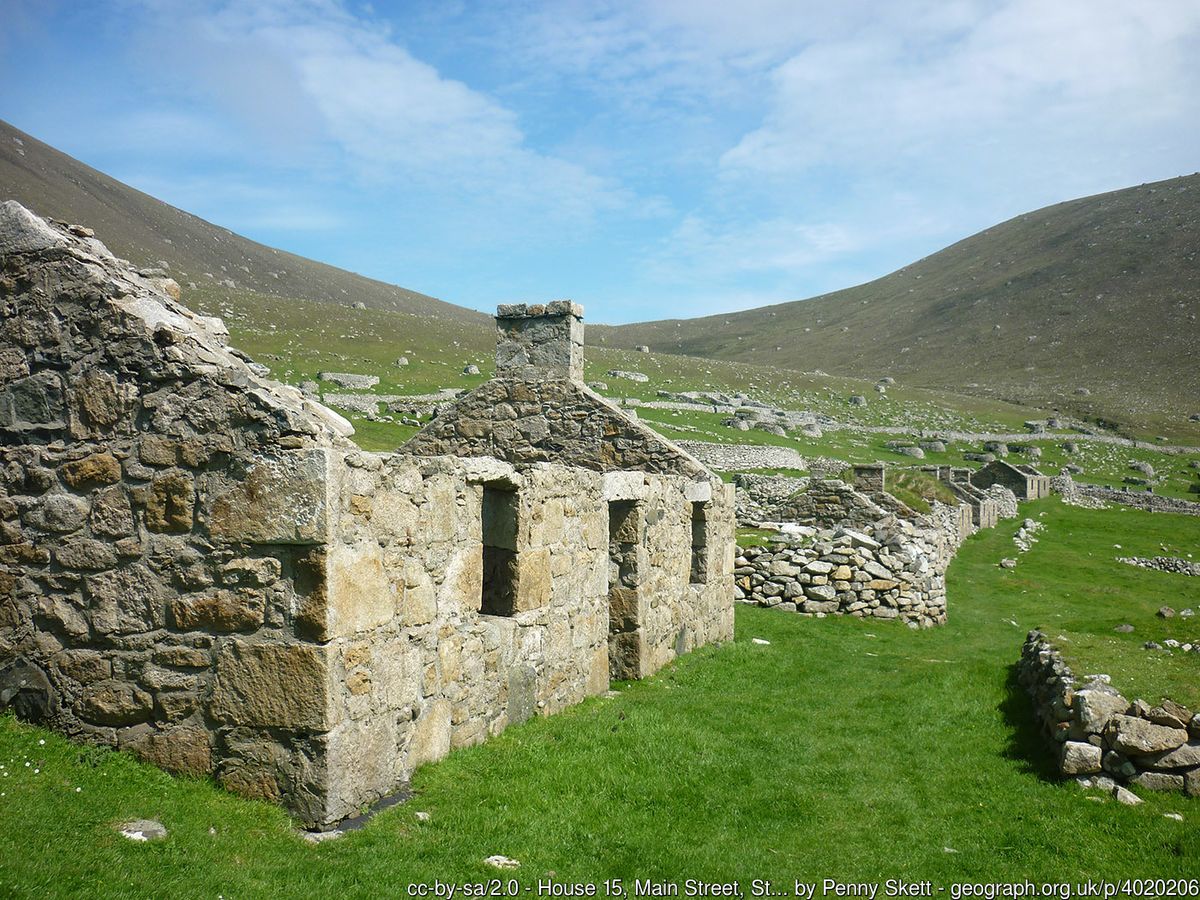About
Though St Kilda had been inhabited for more than 2,000 years, it's been abandoned since 1930. When the last residents of the United Kingdom's remotest islands requested evacuation to the mainland, they left behind a traditional Scottish coastal village which now lies in ruins.
St Kilda is a small North Atlantic archipelago of four islands 40 miles west of its nearest neighbors, Na h-Eileanan Siar, (the Outer Hebrides) in Scotland. Beyond St Kilda, the next land westward is Labrador, Canada. Home to one of the world's largest colonies of puffins, and a small military installation, this remote outpost was once the base for a thriving community, most of whom lived in the now-ruined village on the island of Hirta.
Stone tools and Bronze Age quarry found on Mullach Sgar, a mountain on Hirta, suggest people had lived on the islands for at least two millennia, if not more. People used small boats to move between the islands and used the surplus of seabirds to their advantage (puffins were supposedly a favored snack). However, the early 20th century saw a gradual erosion of the islanders' traditional ways of life, which included sheep farming, weaving, and fishing.
Steam ships of tweed-buying tourists introduced the Gaelic-speaking islanders not only to the cultural influences of the rest of the U.K., but also previously absent diseases. Many young islanders emigrated, particularly to Melbourne, Australia, where they founded the suburb of St Kilda. Furthermore, a generation of young men were lost in the trenches of World War I, a war that affected the islands directly, albeit briefly, when a German submarine destroyed a naval beacon, the church, and one lamb. After the war, influenza and contaminated farmland cut the population from 73 in 1920 to 36 by 1928.
In 1930, following the death of a young woman from appendicitis and pneumonia—which might not have proven fatal on the mainland—the remaining islanders heavy-heartedly requested to be permanently evacuated to the mainland. Their lives had become unsustainable in the face of modernity and a rapidly diminishing population. The evacuation took place on August 29th that same year, when a ship called Harebell took the remaining villagers to their new homes in mainland Scotland. The villagers left behind a plate of oats and an open Bible in each cottage before boarding the ship. The last former resident of St Kilda, who was evacuated when she was eight years old, died in April 2016.
Today, the islands are a double UNESCO World Heritage Site, for both cultural and ecological reasons due to their human history and globally significant bird colonies. The islands are owned by the National Trust for Scotland, a charitable organization. They’re also home to a small U.K. military installation; a population of Soay sheep, a Neolithic breed that has continued to thrive on the isolated islands; and a population of Boreray sheep, the U.K.’s rarest breed of sheep.
Related Tags
Know Before You Go
A number of boat operators run trips to St Kilda from the mainland at Oban, as well as from Uig on The Isle of Skye and Leverburgh and Tarbert on the Isle of Harris, though they often depend on the weather. Conditions in the Atlantic are frequently much cooler and windier than ashore, so take warm clothes even in summer. As with all bird colonies, it's advisable to wear a hat to protect from nesting birds attacking.
NEW - Flavors of Scotland: Beyond the Haggis
Smoked seafood, single malt whisky, and warm hospitality.
Book NowPublished
August 7, 2017






































